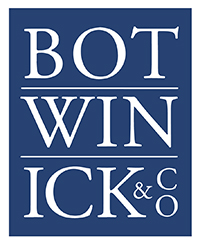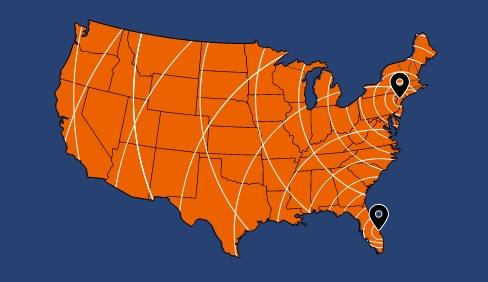With new cost-of-living adjustments from the IRS, 2025 brings slight increases to retirement contribution limits, allowing you and your employees to save even more. These updates, detailed in IRS Notice 2024-80, apply to 401(k) plans, IRAs, SIMPLE plans, and more, though the adjustments are more modest than in recent years due to easing inflation.
401(k) Contribution Limits for 2025
Starting in 2025, employees contributing to a 401(k) plan can save up to $23,500—an increase from $23,000 in 2024. This limit also applies to 403(b) plans, most 457 plans, and the federal Thrift Savings Plan. For employees aged 50 and over, the catch-up contribution remains at $7,500. However, under the SECURE 2.0 Act, those aged 60 to 63 can take advantage of a higher catch-up amount of $11,250, boosting their total potential contribution to $34,750 in 2025.
SEP and Defined Contribution Plan Limits
Defined contribution plans, including SEP plans, will see an increase in contribution limits from $69,000 to $70,000 in 2025. To be eligible for a SEP plan, employees must earn a minimum of $750 annually—a threshold that remains unchanged from 2024.
SIMPLE Plan Contribution Limits
For 2025, the deferral limit for SIMPLE plans rises to $16,500 (up from $16,000). For employees 50 and over, the catch-up contribution stays at $3,500, but those between 60 and 63 can now contribute an additional $5,250, potentially saving up to $21,750.
Additional Retirement Plan Limits
In 2025, other plan limits also increase, allowing more flexibility for certain high-earning employees and plan participants:
- Defined Benefit Plans: The annual benefit cap rises from $275,000 to $280,000.
- Top-Heavy Plan Key Employee Limit: Increases from $220,000 to $230,000.
- Highly Compensated Employee Threshold: Increases from $155,000 to $160,000.
IRA Contributions Remain Unchanged
The annual contribution limit for IRAs will remain at $7,000, with a fixed catch-up contribution of $1,000 for individuals 50 and older.
Plan for a More Secure Future
The increased contribution limits for 2025 can help you and your employees build a more robust retirement fund. If you have questions about these updates or want to explore other tax-advantaged retirement options, contact us today. We’re here to help you make the most of your retirement savings strategy.

